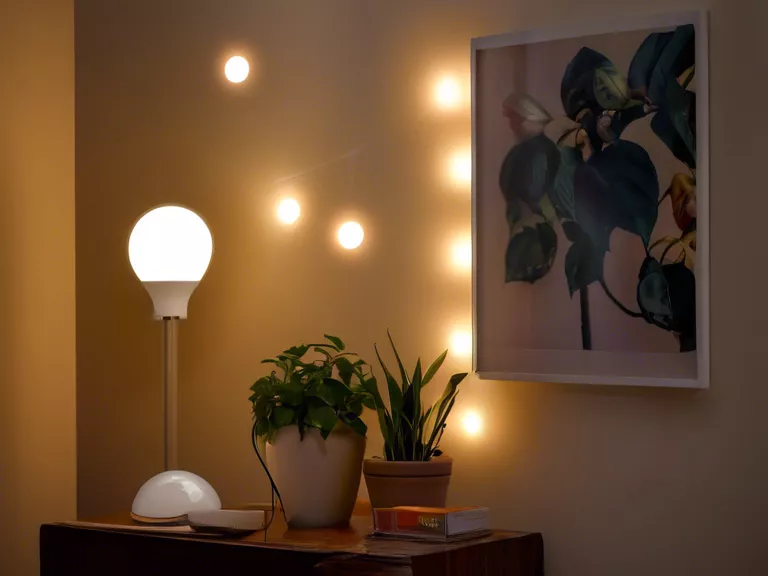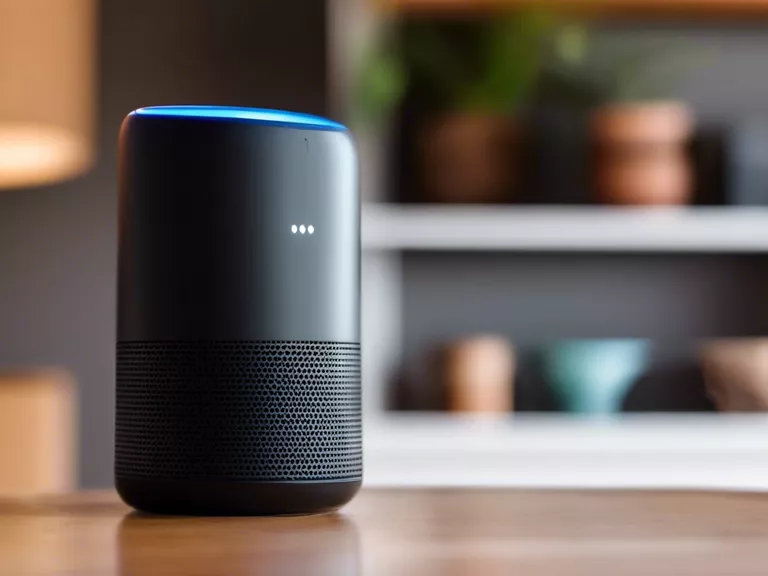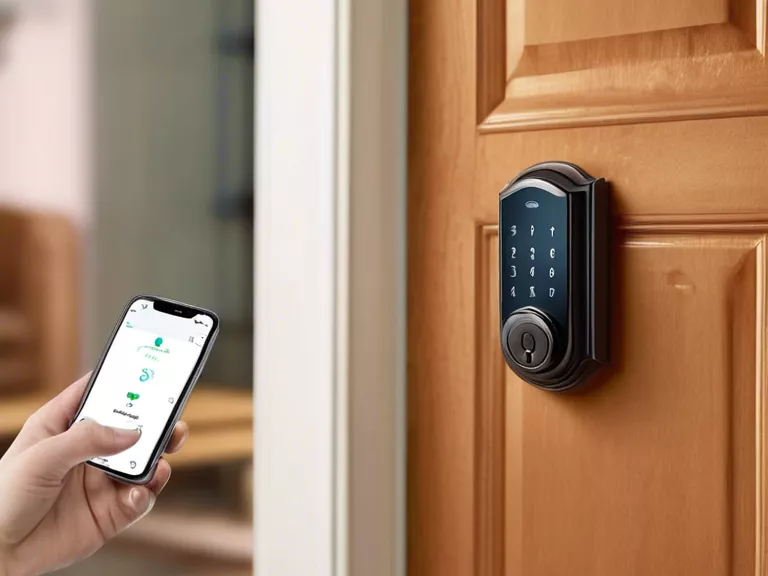
With the advancement of technology, building an energy-efficient smart home has become easier than ever. By incorporating connected devices, you can not only save money on your electricity bill but also reduce your carbon footprint. In this article, we will discuss how to build an energy-efficient smart home with connected devices.
First and foremost, invest in smart thermostats. These devices can learn your schedule and adjust the temperature accordingly, ensuring that your heating and cooling system is not running unnecessarily. This can result in significant energy savings over time.
Next, consider installing smart lighting systems. These systems allow you to control the brightness and color of your lights with your smartphone or voice commands. You can also set schedules for your lights to turn on and off, further reducing energy consumption.
Another important step in building an energy-efficient smart home is to use smart plugs. These plugs can be connected to your appliances and electronic devices, allowing you to monitor and control their energy usage remotely. You can even set timers to automatically turn off devices when not in use.
Additionally, make sure to integrate smart sensors into your home. These sensors can detect motion, light, and temperature, allowing you to automate your HVAC system, lighting, and other devices based on your preferences. This can help you optimize energy usage and improve the overall efficiency of your home.
Lastly, consider investing in a smart energy monitor. This device can provide real-time data on your energy consumption, helping you identify areas where you can make improvements. By being aware of your energy usage patterns, you can make informed decisions on how to further enhance the energy efficiency of your smart home.
By following these steps and incorporating connected devices into your home, you can build an energy-efficient smart home that not only benefits your wallet but also the environment.



